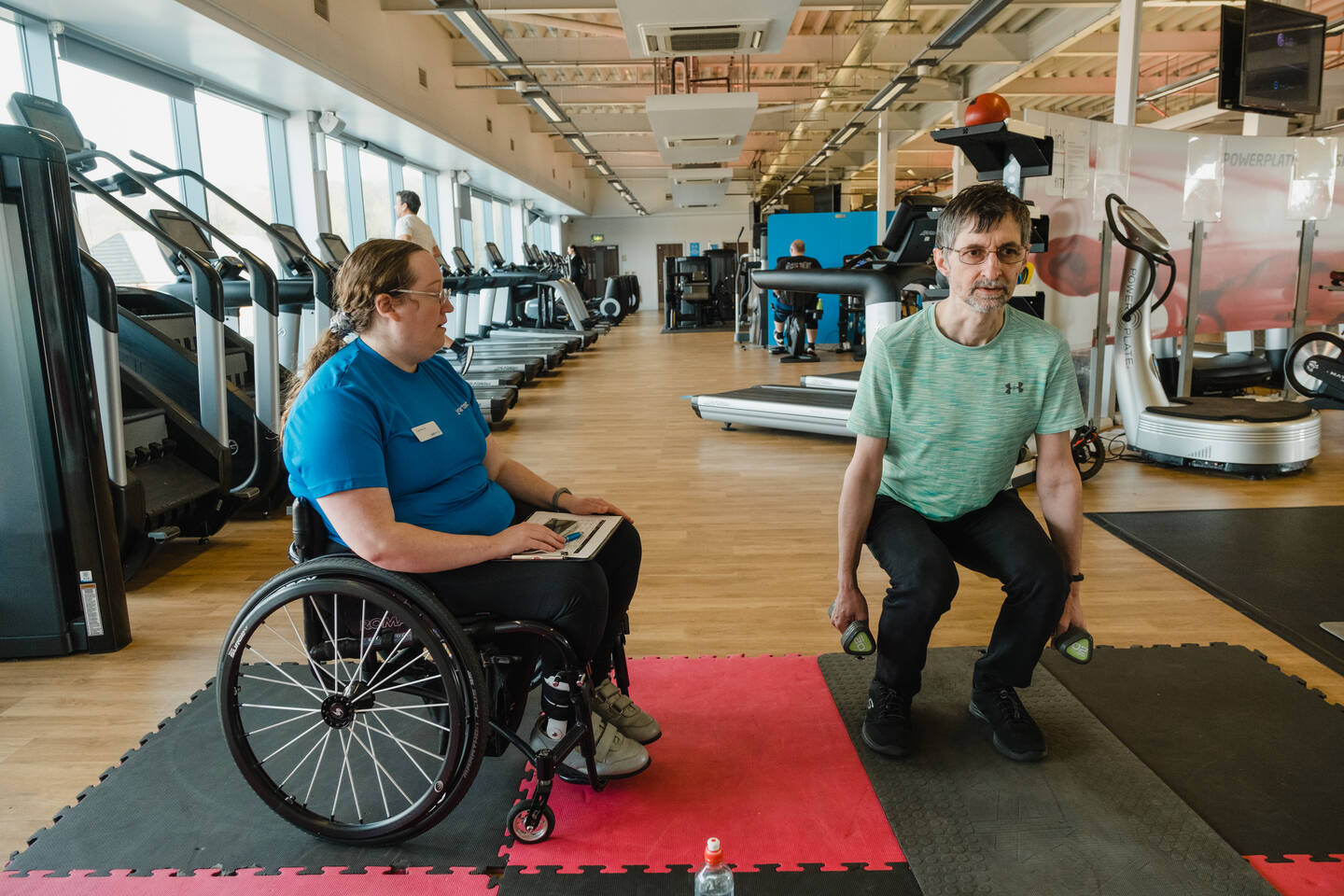NHS and healthcare professionals found to be ‘trusted messengers’
On World Health Day we release a new report exploring the role of healthcare professionals in supporting disabled people into physical activity.

Five key features found to be successful for supporting disabled people into physical activity have been revealed as part of a piece of research released for the first time today.
The report, based on findings from in-depth focus groups with disabled people, found that NHS and healthcare professionals are trusted messengers. They are seen to be a source of information and guidance on being physically active.
Timing was important for the delivery of a successful intervention. People needed to be at a point of being open to taking action to improve or protect their physical and mental wellbeing. This was sometimes after they had had time to process a changed situation, or when they felt that their physical or mental health could be about to decline.
Participants interviewed were supported by various healthcare professionals, including GPs, physiotherapists, occupational therapists and social prescribers.
Some common themes emerged. Five key features of successful support included:
- Personalised support - understanding individual needs while conveying an informed clinical understanding of their impairment or condition.
- Trusted relationships - built on common ground, with professional who demonstrated condition-specific clinical knowledge.
- A multi-disciplinary approach which reinforced positive messaging about physical activity.
- Gradual, realistic progression with a personalised plan.
- Connecting into the community: Most interactions took place within local primary care settings, acting as gateways to broader community activities.
Catherine Slater, Head of Partnerships Activity Alliance said:
"We know from previous research that healthcare professionals play a role in positively impacting disabled people’s health and wellbeing through promoting physical activity. This new research really delves into why that is, the good practice and experiences we can share wider across the country.
"Our report that we released last year showed disabled people who are active in England have a social value of £35.9 billion. This could be boosted by £10.9 billion if activity levels were the same as non-disabled people.
"Healthcare workers and the NHS have a huge influential role to play in closing that activity gap. This report is impactful reading for those who lead healthcare strategies and work in population health. It outlines how healthcare professionals can continue to be a trusted source of information and guidance for disabled people in communities."
The report also highlights areas of good practice including six examples from across the UK. These range from Middlesbrough Powerchair Football Club to Health Improvement Practitioners in the community stroke team in Greater Manchester.
Alongside today’s full report, we publish six case studies. They examine what each approach aims to do, its successes and how they can be scaled up across the country.
The wide-ranging report shows that there are reasons to be positive. There is tremendous potential within the current landscape for scaling up disabled people’s support into physical activity. The findings show that positive and collaborative change is possible, and aligns well with current healthcare priorities.
The majority of ideas proposed for the future are aimed at Integrated Care Systems and to similar organisations at the service provision and commissioning level. Three of those in this new report are:
- Working in local, place-based partnerships where local people can benefit from professionals who have knowledge of local community needs, and can match these to local resources.
- Accessible and streamlined referral systems to facilitate efficient and seamless integration of physical activity services into clinical care pathways.
- Embedding Physical Activity Champions in neighbourhood teams through identifying and commissioning roles to enable patient transitions into activities and ongoing support.
Visit our research section to read the full report.
From this report, we also released two guidance for healthcare professionals and integrated care systems. These are available in our resources section on this website.